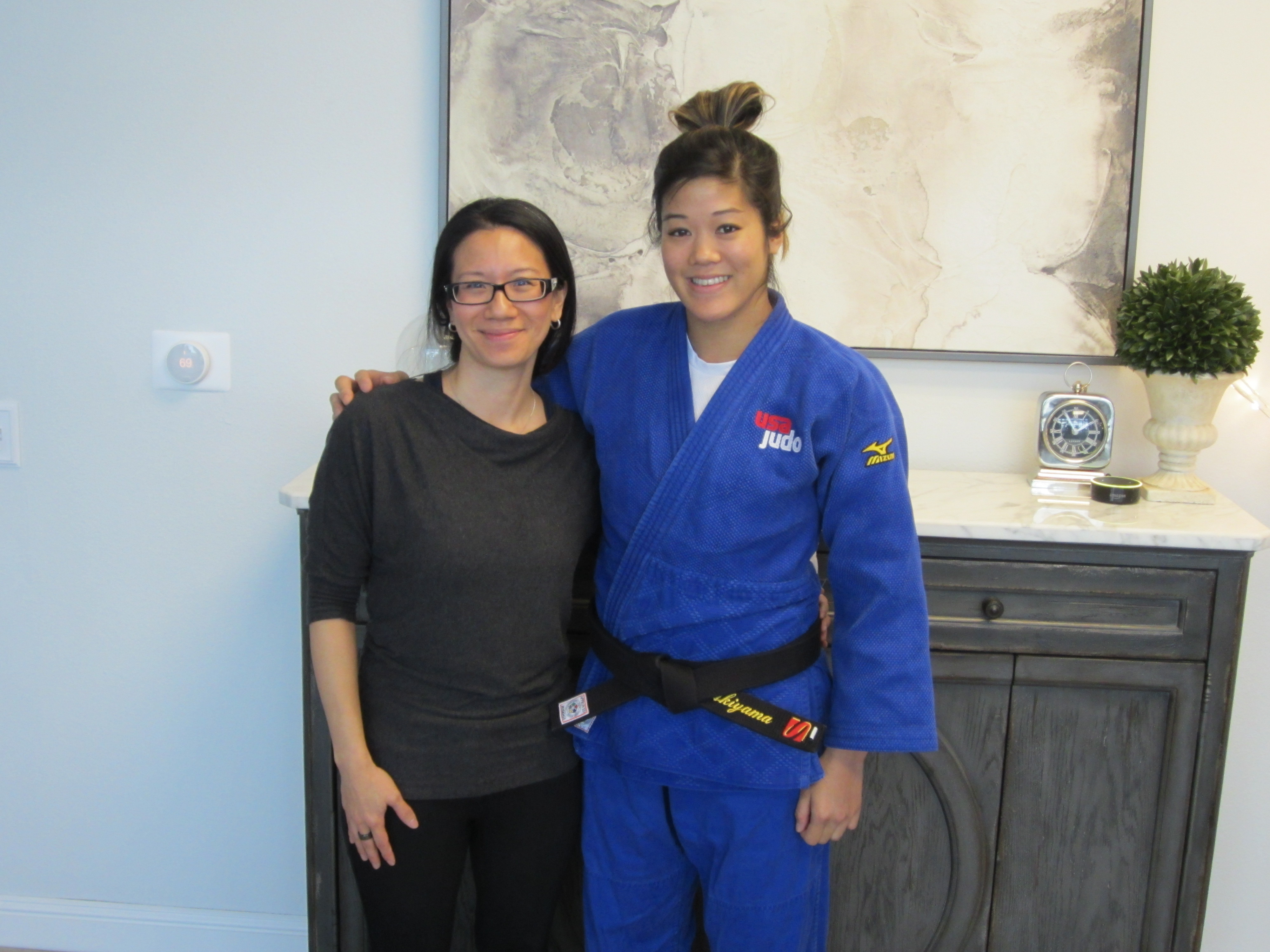Connective Tissue Disorders & Restrictions
What are heritable disorders of connective tissue (HDCT) & EDS?
HDCT are a collection of inherited disorder of the connective tissue. Mutations affect collagen and the way it behaves resulting in tissue hyper-distensibility and fragility. Laxity of ligaments predisopose to joint instability, subluxation, and dislocation. These disorders are multi-system and characterized by involvement of vessels, skin, joints, bone, organs, muscles, and nervous system.
The constellation of disorders in HDCT include Marfan's syndrome, osteogenesis imperfectca, and EDS.
The Ehlers-Danlos syndromes are a heterogenous group of inherited connective tissue disorders characterized by joint hypermobility, skin hyperextensibility, and tissue fragility. EDS are currently classified into thirteen subtypes with strict set of diagnostic criteria. Many of the the EDS subtypes have an associated specific gene mutation except hypermobile EDS (hEDS). The hypermobility type is most common in EDS, followed by the classical type. Together, they account for approximately 90% of all cases.
What is hypermobility Spectrum Disorders?
Hypermobility spectrum disorders (HSD) are a group of conditions related to connective tissue laxity. HSD encompasses the syndrome of connective tissue disorders that don't meet the strict diagnostic criteria of hEDS. HSD, just like hEDS, is multi-systemic. Those with HSD have variable laxity in different body regions have heterogeneous systemic involvement.
How do fascial restrictions occur?
Fascia must glide for proper function. Gliding relies on hyaluronic acid. If hyaluronic acid becomes too dense, it alters the force transmission with a reduction in sheer strain. The work of Antonio Stecco showed that when hyaluronic acid is properly attached to collegen fibers, deep fascia glides smoothly. However, when there is abnormal deposition of hyaluronic acid between collegen layers, clumping occurs with resultant fascial restrictions. Abnormal deposition can occur for a variety of reason including overuse, injury, nutritional status, stroke, etc.
Stecco C, Stern R, Porzionato A, Macchi V, Masiero S, Stecco A, De Caro R. Hyaluronan within fascia in the etiology of myofascial pain. Surg Radiol Anat. 2011 Dec;33(10):891-6.
Restrictions from genetic predisposition
In EDS and HSD, there are an increase density of myofibroblasts compared to health controls. That means there will be more connective tissue extracellular matrix deposition compared with health controls. Increased connective tissue lay down leads to fascial restrictions.
Restrictions from Injury
In EDS and HSD, collagen quality tends to be more disorganized and weakened tensile strength that predisposes the connective tissue to injury and disruption. When tissue is disrupted, abnormal deposition of Hyaluronic Acid occurs in deep fascial layers leading to impaired gliding of fascial tissue.
Restrictions From Upper Crossed/Lower Crossed Syndrome
Restrictions occurs from upper crossed/lower crossed syndrome. Most people develop upper crossed/lower crossed syndrome for sitting in a forward flexed position that is a consequence of modern lifestyle. However, this syndrome affects hypermobility to a greater degree. Staying in prolonged sitting postures causes stiffness to develop in certain areas of the body. This causes the thoracic spine to curve forward and the pelvis to dump forward.
In EDS and HSD, because tissue is more distensible and hyper-responsive to stress with the abnormal deposition of abnormal connective tissue, these changes become more pronounced.
How can you get more answers?
Dr. Wang can work with you to figure things out. Dr. Wang uses osteopathic technique, Stecco Method of fascial manipulation as well as Fascial Hydrodissection(TM), a technique she developed, to release adhesions.




